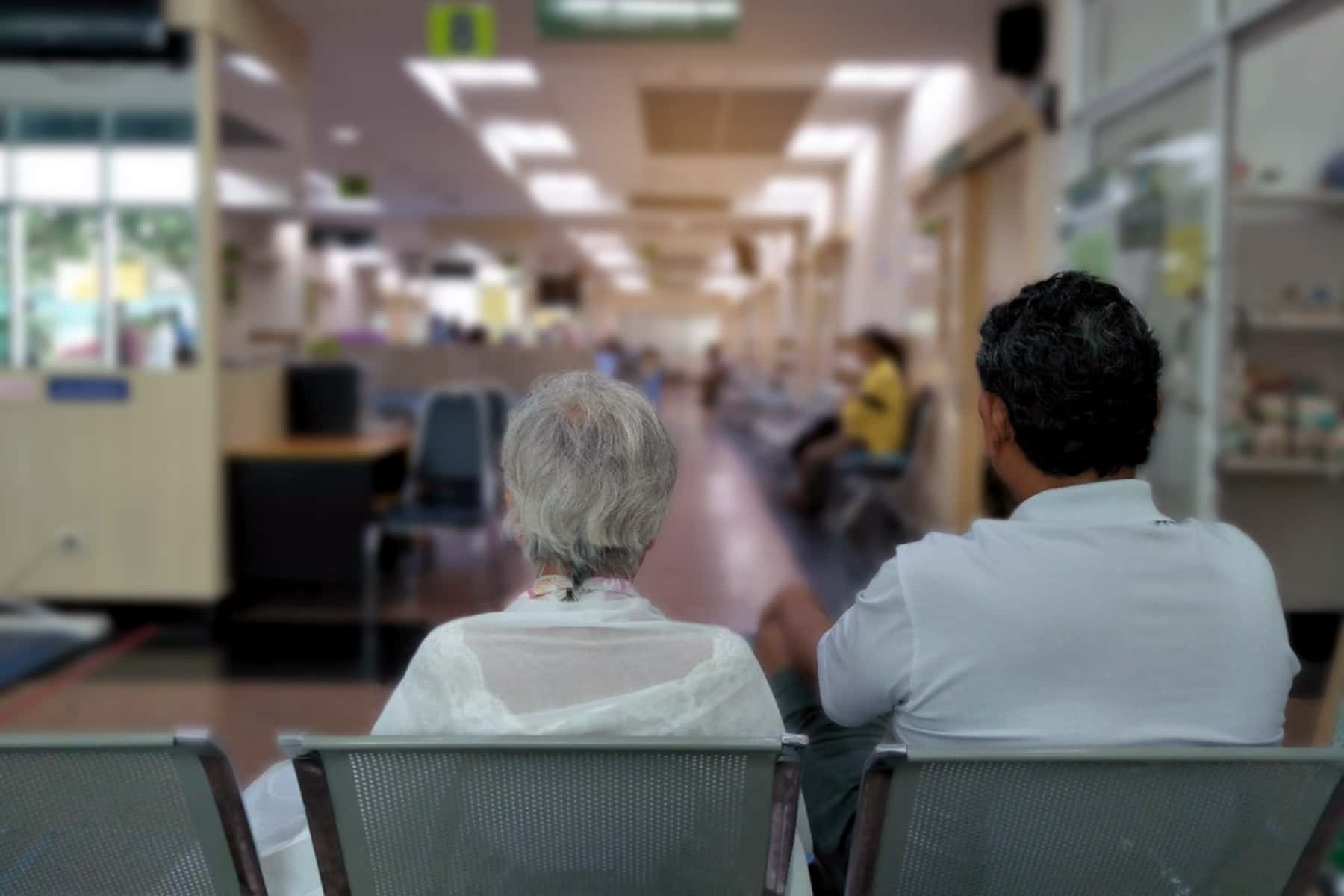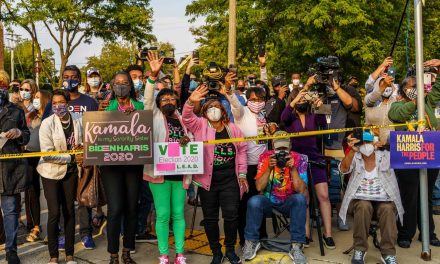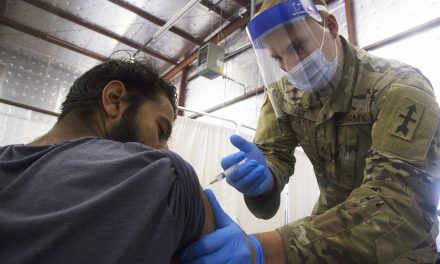
By Lindsey Woodworth, Assistant Professor of Economics, University of South Carolina
Wait times in emergency rooms are so out of control that researchers recently tested whether aromatherapy would make waiting in the ER more tolerable. It didn’t.
Over a decade ago, the Institute of Medicine offered an ominous warning: “Underneath the surface, a national crisis in emergency care has been brewing and is now beginning to come into full view.” Now the view is quite clear. ERs are packed, and wait times are growing longer each year. In fact, even if you’re having a heart attack, you may have to wait to get to the doctor. The problem is, patients get sicker the longer they wait. Oh, by the way, sicker patients cost more to care for.
I am an economist at the University of South Carolina. In a new study, I analyzed how ER wait times affect health care costs. I found that a 10-minute increase in ER wait time among the most critical patients will increase the hospital’s cost to care for the patient by an average of 6%. Some critical patients are currently waiting close to an hour, according to my study. Costs grow a little more slowly among patients who begin their wait in a better condition.
An intriguing relationship
Health care costs are an issue of national concern. Presidential candidates have focused on health care reform as a major issue in the 2020 presidential election. One complication in lowering health care costs, however, is that reductions in health care spending could compromise patient outcomes – spend less on health care, and you might very well jeopardize health. Yet, this is exactly what makes the finding that ER wait times exacerbate costs so intriguing. It suggests that targeting ER wait times could both improve patient outcomes and lower the cost of care. A double win like this hardly ever occurs in health care.
Longer wait = higher costs
One major challenge in measuring the effect of ER wait times on costs is that ERs prioritize sicker patients. This means that relatively healthy patients have longer waits. The sickest patient in the ER will always get treated first. A lot of resources will probably get poured into this patient, making his costs quite high. On the other hand, a patient who arrives at the ER with a splinter will wait in the ER for hours. Treating this patient will be super cheap.
This creates a persistent correlation between long waits and low costs. On the surface, this correlation can deceptively send the signal that longer ER wait times reduce health care costs. To uncover the real effect of ER wait times on costs, I needed to use a “trick” in my research to untangle the mess. The “trick” I used was to leverage something in the ER that slightly bumps patients’ wait times but has nothing to do with their health at their time of arrival. Triage nurses provided the answer.
These nurses are the people who determine the order in which patients are seen. Yet, because triage nurses are not robots, they sometimes differ in terms of their judgments. This means that some triage nurses are “tougher” than others – at least “tougher” in the sense that they’ll look at a problem and not see it as quite so urgent. This causes their patients to have longer wait times, on average.
It is effectively a coin toss whether a patient will get a tough triage nurse, so the patients who get a tough triage nurse look remarkably similar to the patients who do not, in terms of their health at arrival. Yet, the patients who get a tough triage nurse have to wait in the ER longer.
The study revealed that the patients who had longer wait times only because they coincidentally got a tough triage nurse had higher health care costs by the end of their visits. In other words, longer ER wait times cause health care costs to go up. Why? It seems that patients’ health deteriorates the longer they wait. Therefore, by the time they get to the doctor, it takes more resources to get their health up to speed.
What’s the treatment?
How might ER wait times be reduced and costs lowered? Fixing ER wait times will require taking a step out of the emergency room and looking at the whole health care system.
Drs. Arthur L. Kellermann and Ricardo Martinez recently wrote in The New England Journal of Medicine: “The quickest way to assess the strength of a community’s public health, primary care, and hospital systems is to spend a few hours in the emergency department.”
ER overcrowding often occurs when people are blocked from care elsewhere. For instance, when people with Medicaid are unable to find primary care physicians who accept their insurance, they often resort to ERs instead. Another contributor to ER overcrowding is a recent shift in how patients are admitted to hospitals. It used to be that primary care physicians directly admitted their sick patients to the hospital if inpatient care were required. Now, many first recommend that their patients go first to the emergency room.
Inpatient wards inside hospitals can also contribute to ER overcrowding. Often inpatient wards get filled with high-paying, elective-case patients. These patients take up valuable bed space, leaving little room for ER patients who need to be hospitalized. As a result, the ER patients who have already been seen by the ER doctor end up staying in the ER waiting for an inpatient bed to become available. This practice of “ER boarding” generates a log jam inside the emergency room. Patient volumes balloon, and the overcrowding prolongs all patients’ waits.
Growth in ER wait times shows no sign of slowing. Therefore, policymakers should consider system-level changes that would take pressure off of ERs. It is time to turn the tide on ER wait times given their impact on both patient outcomes and the overall cost of care.
Originally published on The Conversation as Long wait times in ERs drive up costs, signal health care distress
Support evidence-based journalism with a tax-deductible donation today, make a contribution to The Conversation.














